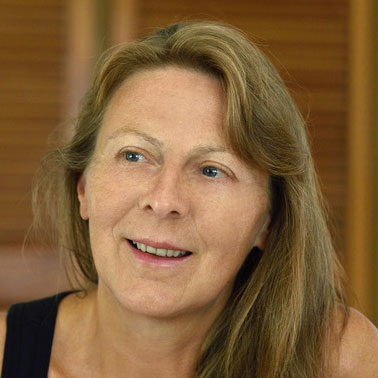After 800 years of calm, it happened: a major series of earthquakes shook the Reykjanes Peninsula, southwest Iceland, appearing to herald a new period of geological activity in the region.
In 2021, this was seemingly confirmed by the eruption of a volcano called Fagradalsfjall – also the name of the wider volcanic area. Since then, there have been two more instances of volcanic eruptions here, in 2022 and 2023.
Due to there being around 30 active volcanic sites in Iceland, the population is used to the site of eruptions in other areas of the country. In fact, away from Reykjanes, one occurs every 3.5 years, on average. Perhaps one of the best-known and most disruptive instances was the 2010 eruption of Eyjafjallajökull, which caused the airspace of northern Europe to be closed.
Yet, the Reykjanes eruptions could signal a new era. Experts from the Scientific Advisory Board of the Icelandic Civil Protection Group predict that these events could signal the start of decades of volcanic activity in the area.
"The four volcanic systems of the Reykjanes peninsula are active one after another, with interludes of about 800 years," explains Thorvaldur Thordarson, professor of volcanology at the University of Iceland. "The peninsula is on time for another cycle of eruption".
One of the major concerns is the potential damage to infrastructure that an increase in volcanic activity in the area could cause. Iceland's main airport Keflavik is only 12km away, while the main road to the airport could be engulfed by a larger future lava flow. Damage to power lines north of Fagradalsfjall volcano could also affect electricity supply to Keflavik if lava were to flow north.
Because of the heat from fissures opening up, there is also an increased risk of wildfires breaking out in the grasslands, which could reduce air quality.
But it is not all bad news. The area has seen a massive increase in tourism, partly due to the proximity to good transport links, and the relative safety of the volcanic activity.
The eruptions here are what are known as 'effusive', which means that lava comes out from the volcano slowly and predictably – although there is still some element of risk from toxic gases released during this stunning natural spectacle.
One big question is how long might this volcanic activity last. Thordarson believes that there are several scenarios.
"My suspicion is that we will at least get one to three more events at Fagradalsfjall over the next two to six years," he explains. "By the same token, this activity could last for two or three decades, even though I find that scenario to be unlikely".
However long these volcanic events last, scientists believe that the danger of a huge and deadly eruption here is incredibly small.
The first eruption of Fagradalsfjall – March 2021
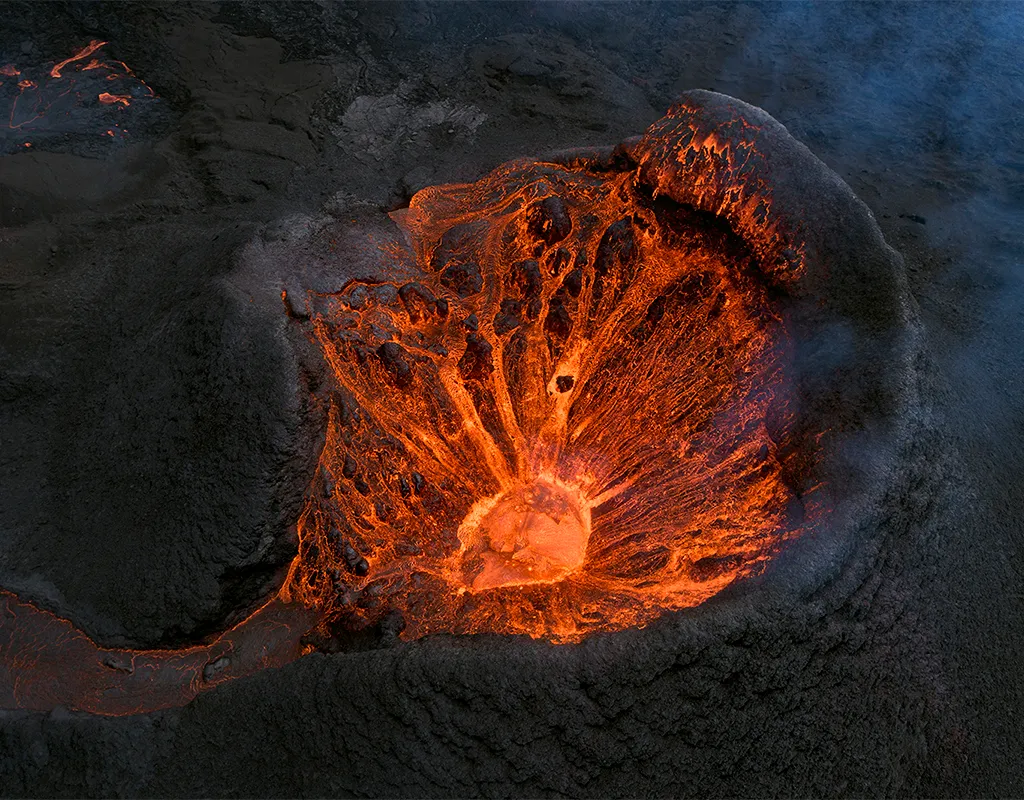
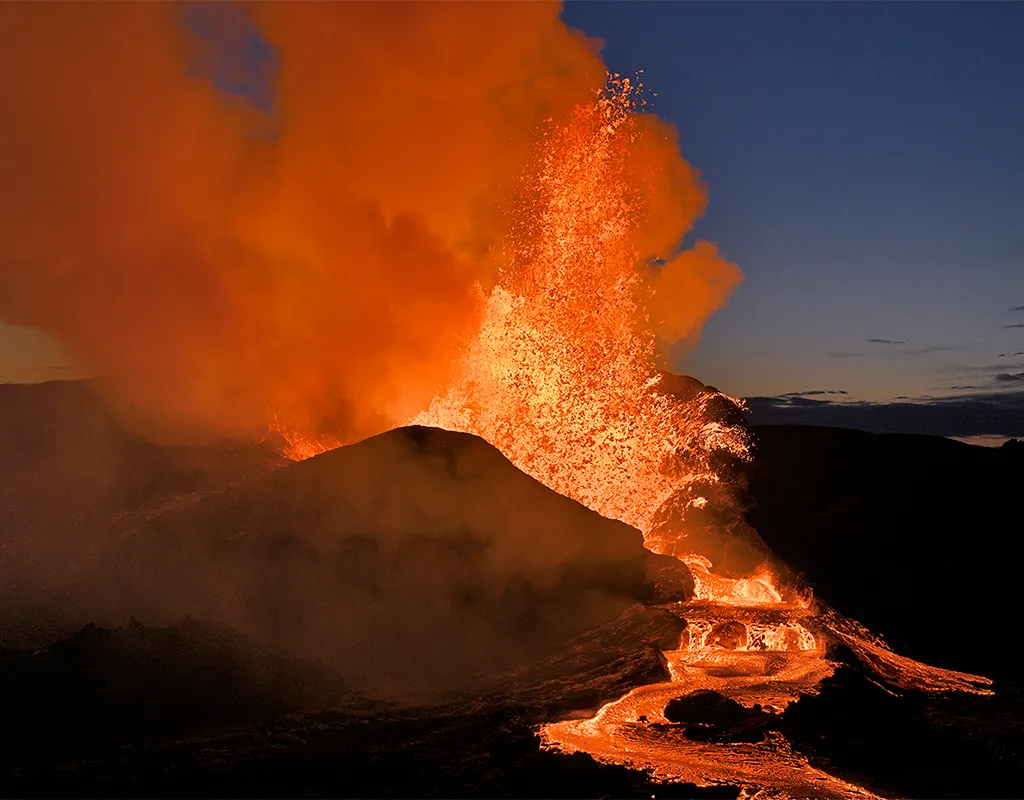
The first major eruption of the Fagadalsfjall volcano took place between 19 March and 18 September 2021. Fagadalsfjall is just 40km away from the Icelandic capital, Reykjavik, which is home to over 355,000 people.
Due to its proximity to the capital and ease of access to the site, this volcano has become a popular tourist destination.
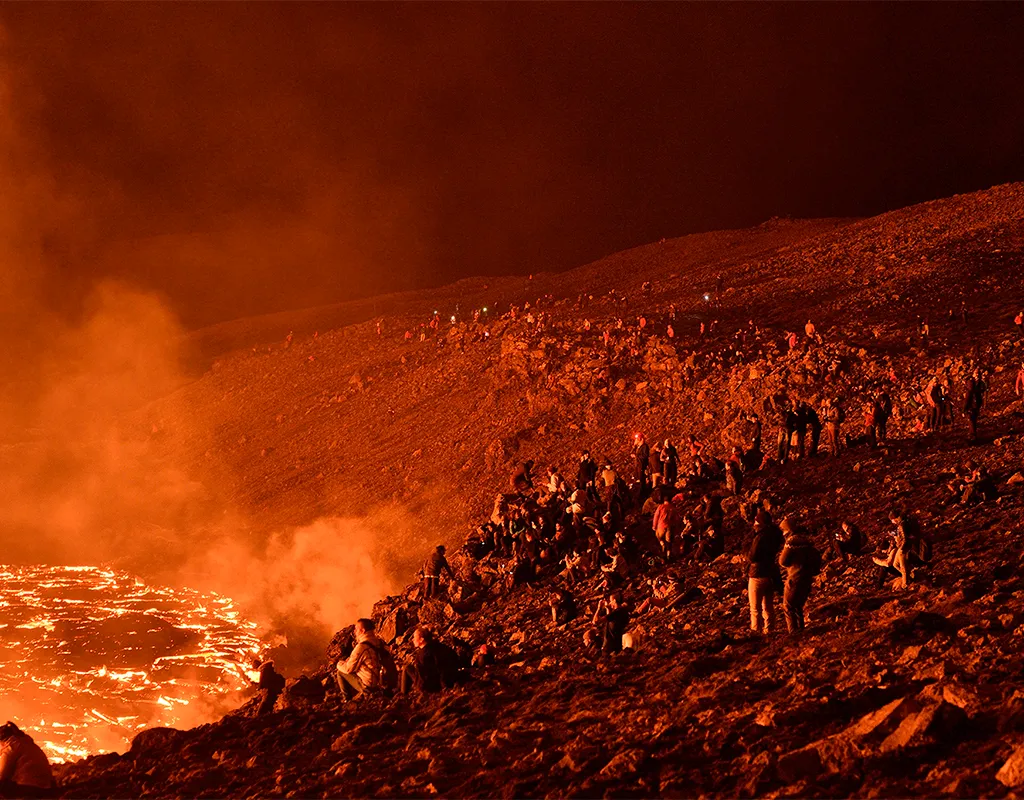
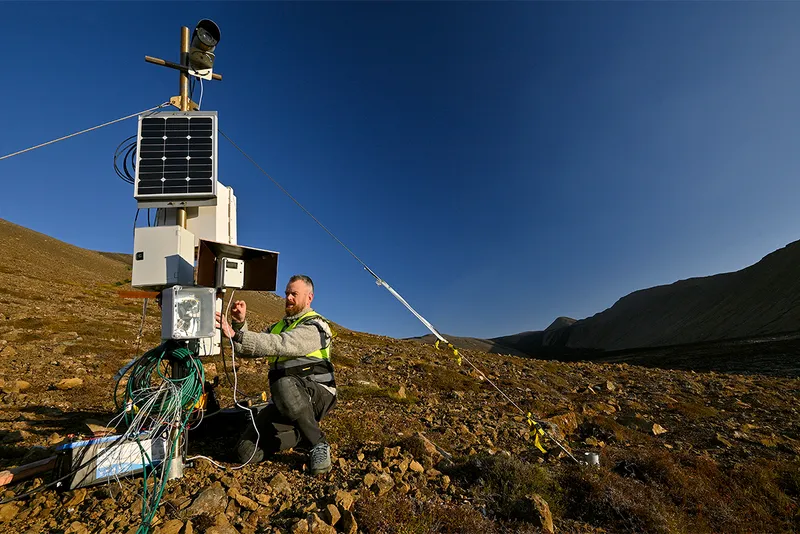
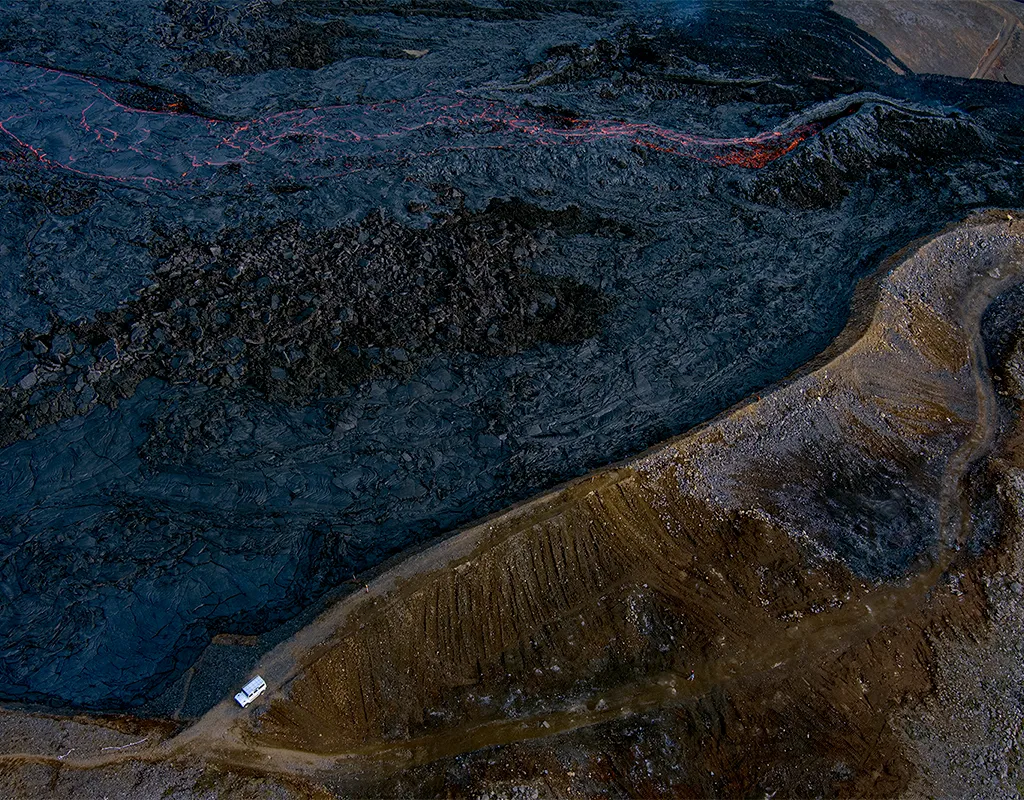
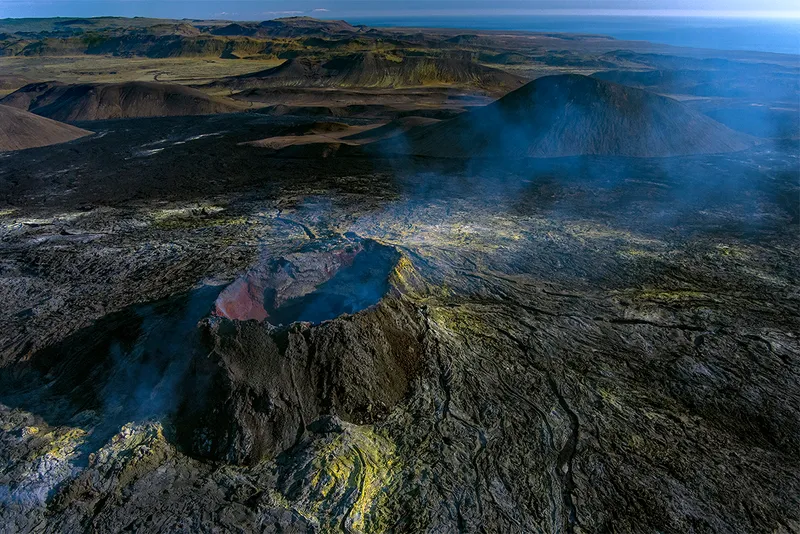
The second eruption of Fagadalsfjall – August 2022
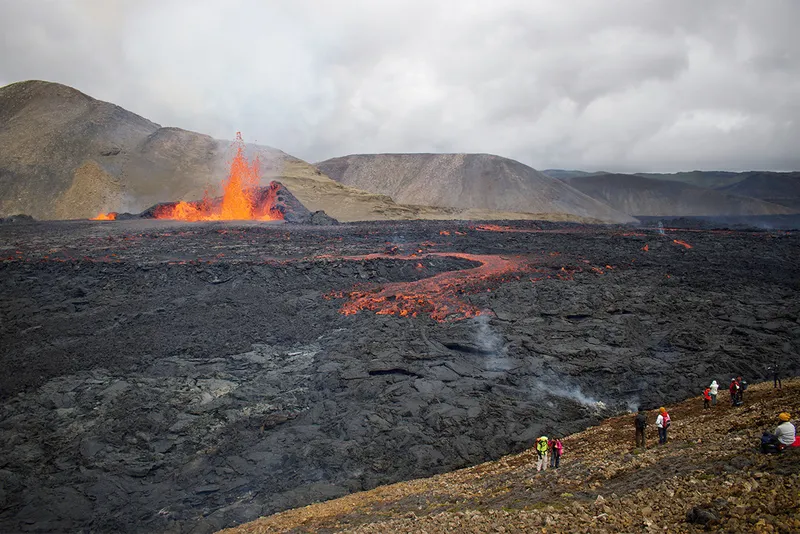
The second eruption of volcano Fagradalsfjall started on 3 August 2022 but was much more brief than the event of 2021, ending on 21 August 2022.
People were advised to stay away from the eruption by the Icelandic Meteorological Office, but over 1,800 visitors came to the site on the first day alone.
The eruption of Litli-Hrútur – July 2023
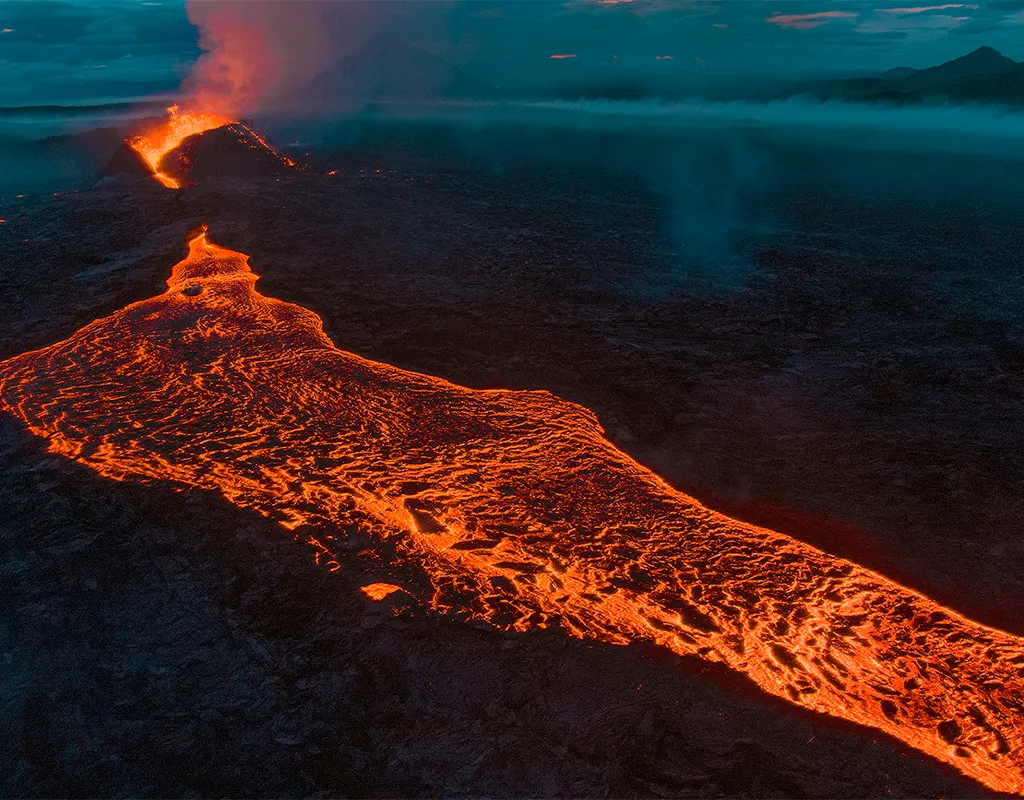
The third eruption in the Reykjanes Peninsula started on 10 July 2023, when lava started to emerge from the Litli-Hrútur crater, part of the Fagradalsfjall volcano system. This eruption was preceded by a series of earthquakes that commenced on 4 July 2023.
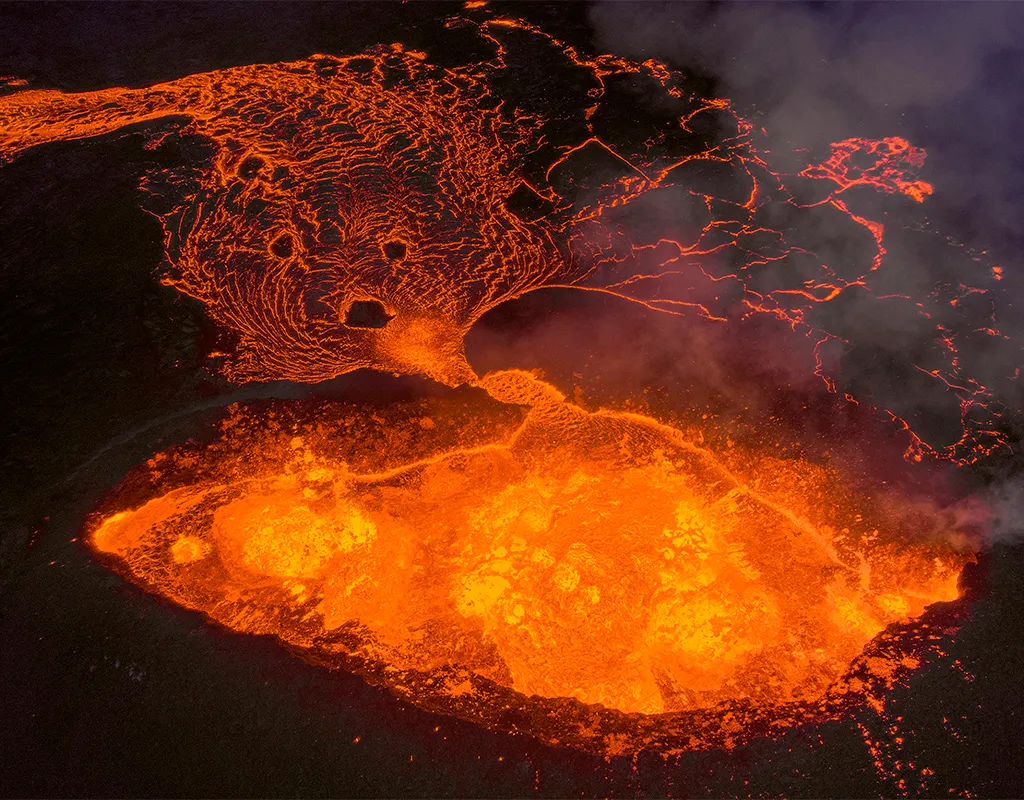
A major road to Reykjavik and all the pipes and cables that connect hot water and electricity to the city were just a short distance to the east of this volcanic activity, but thankfully no infrastructure was damaged. Electricity companies used this latest event to test the potential effects on the electricity network and underground cables.
After a couple of weeks of eruptions, this third volcanic event was declared over on 5 August 2023.
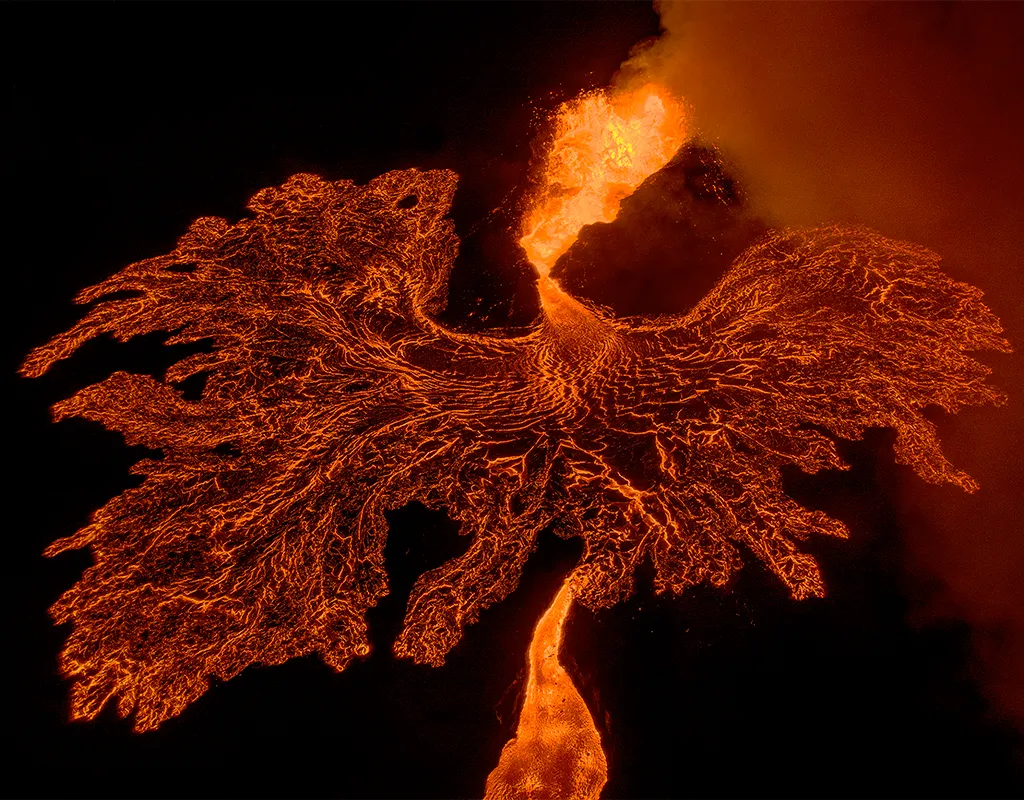
About our expert
Thorvaldur Thordarson is a professor in Volcanology and Petrology at the University of Iceland. His research, which covers active and ancient volcano systems, has been covered in several journals including Geosciences, the Journal of Volcanology and Geothermal Research, and Geology.
Read more:
